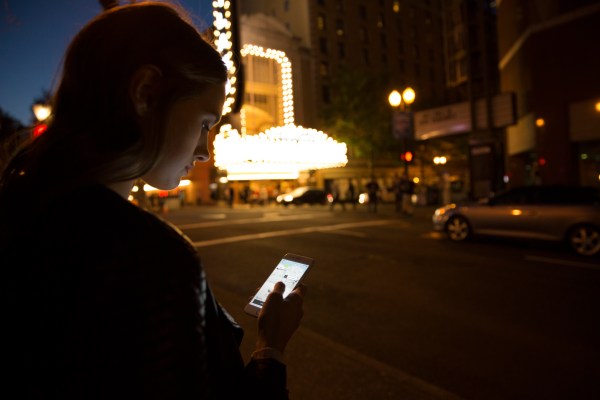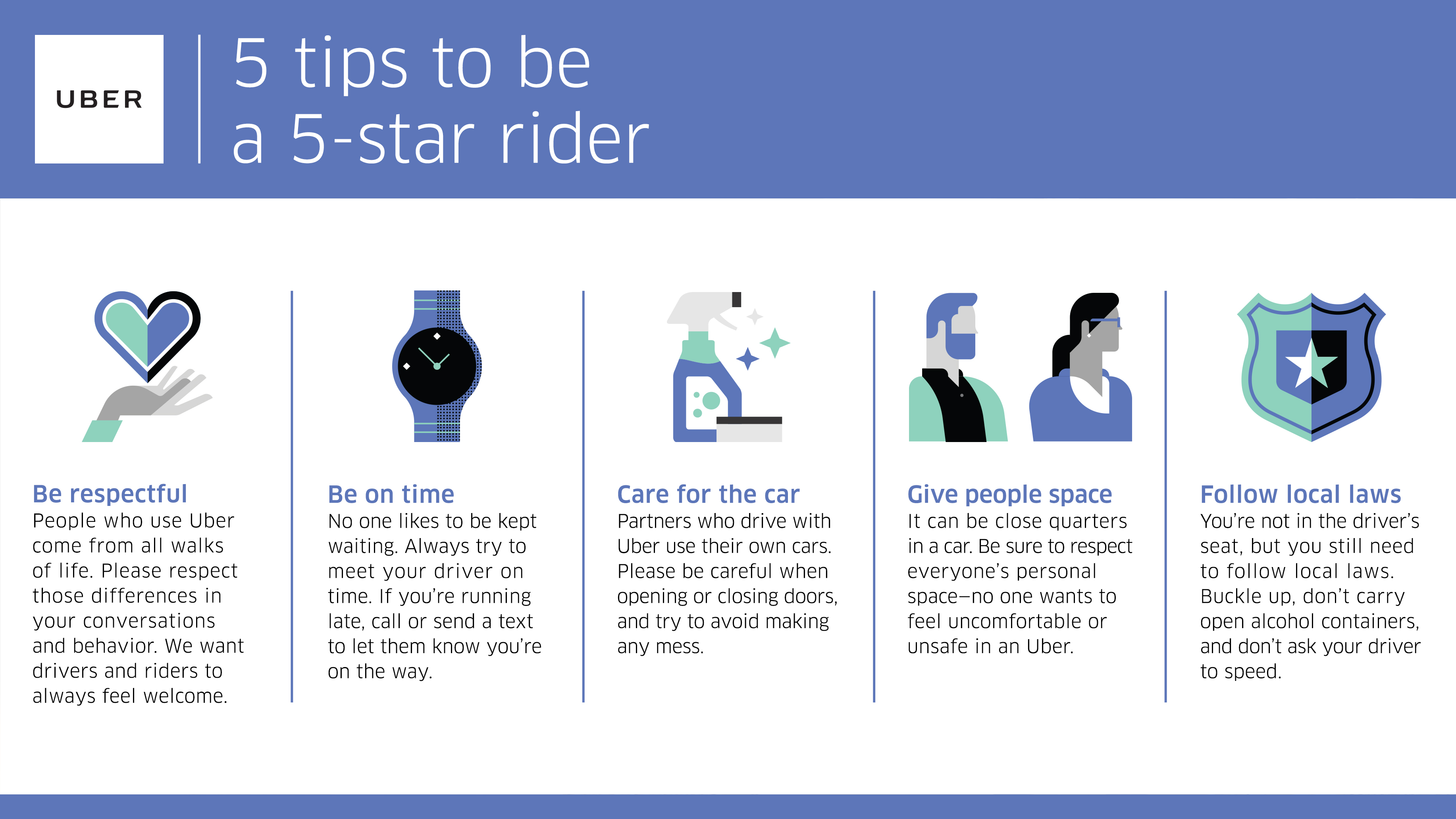Uber updated its Community Guidelines Thursday, and now the term “community” is more accurately applied, because for the first time, the ride-hailing company is publishing a policy outlining why riders can lose their access to the service – previously, this was only spelled out for the driver side of the equation.
To be clear, Uber always had rules in place for riders; you weren’t free to do whatever you want just because you were paying for someone to drive you somewhere. But now, there’s a lot more transparency to exactly what kind of behavior will run afoul of Uber’s patience. Don’t expect a lot of surprises, however, unless you’re unfamiliar with common decency and legal requirements.
Respecting both other riders and drives as you’d like to be respected yourself is one, for instance, as is giving other people a reasonable amount of personal space. Safety’s a top concern, too, and Uber has a blanket firearms ban (which is how you know this is a “U.S. only” policy. Most of these, including Uber’s zero tolerance policy on any kind of discriminatory behavior, are common to both riders and drivers.
Some specific rider rules include prohibitions against damaging the car, screwing up driver phones, spilling stuff on purpose, smoking in the car or puking (but specifically because you went on a bender; Uber and drivers probably understand if you unfortunately throw up because of an actual medical problem).
These rules aren’t picked from a hat; they stem from actual driver experience, albeit mostly from edge cases. I spoke to prolific Cleveland-based Uber driver Nathan Fox about his perspective on riders from the driver’s side at Uber’s suggestion, and he detailed some of the bad behavior he’s encountered that he expects the new guidelines will help curtail.
For instance, he recounted a story about a drunk passenger who took issue with the YETI cup he uses to hold mints to offer to passengers, and threw it out the window into traffic. Fox stopped and picked up the cup, and the passenger ultimately apologized, citing personal troubles as a reason behind her bad behavior. On the whole, though, Fox says most riders he encounters are already good eggs.
“I haven’t had a whole lot of issues with people,” Fox said of his experience after providing nearly 6,000 rides for passengers via Uber. “I have had some negative things, but all in all it’s just been a phenomenal experience getting to see a slice of people’s lives and getting to talk with them.”
Ultimately, Fox sees this change as valuable because it will help prevent some of the bad rider experiences that do happen, more so than a simple number rating can (if you didn’t know you could check your rider score, btw, take a look at the video below for clear directions on how). That will mean less time spent cleaning or fixing vehicles for drivers, which means more time earning, and more inventory and availability for riders, too.
Transparency, too, should benefit both groups of Uber’s users, since it rights an optical imbalance that had existed previously, when guidelines on Uber’s site only articulated how a driver could lose their privileges. All of it seems to fit with Uber’s increasing attention on the driver side of its userbase, which it seems to increasingly be seeking to engage in a number of different ways that could lead to business opportunities in the future.

